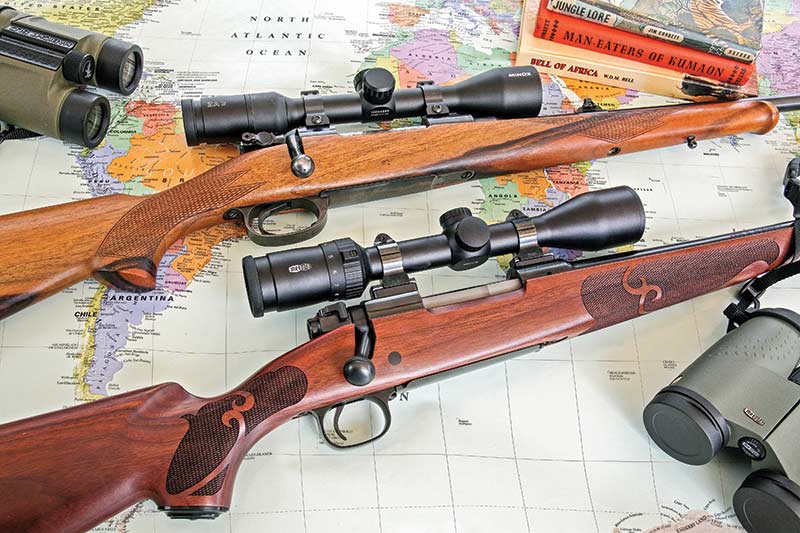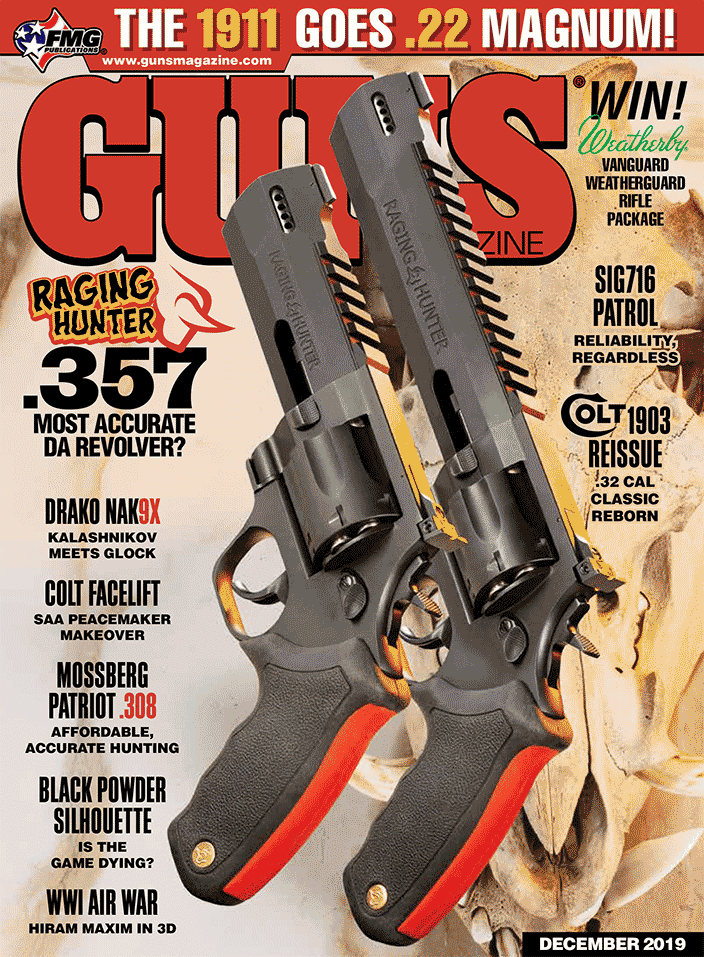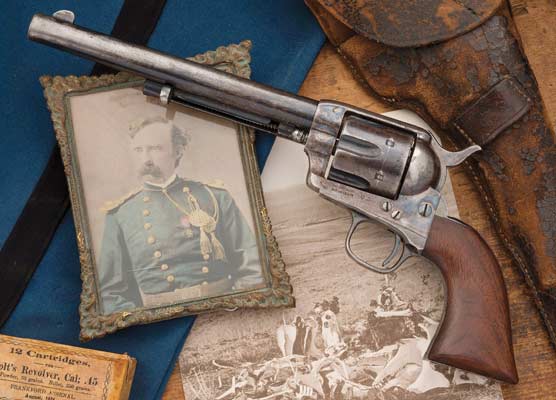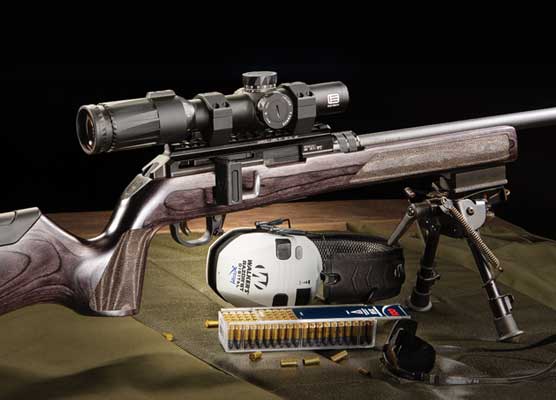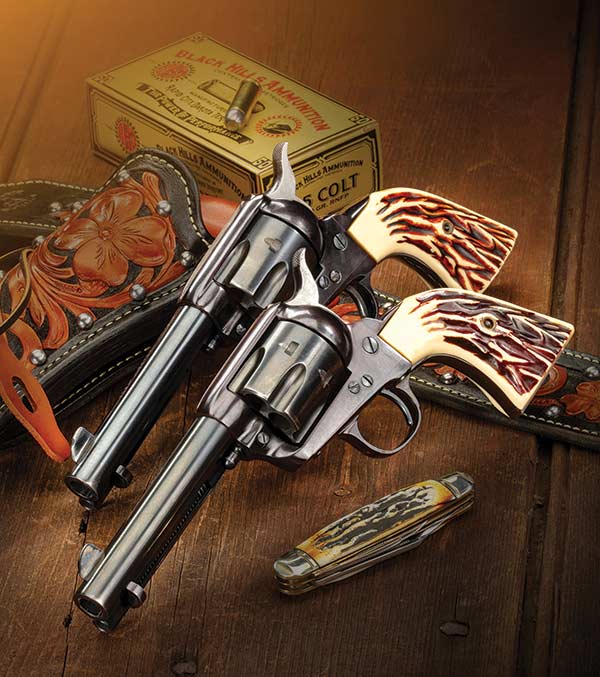ELD bullets
Same space, more efficiency
Increased interest in longer-range shooting led to more efficient bullets, which in turn shook up the cartridge list. These bullets are heavy for caliber with a highly streamlined profile and typically longer than older designs. For example, the Hornady 7mm 175-gr. round-nose bullet (discontinued) was 1.240″ long while the Hornady 175-gr. ELD-X bullet is 1.567″ long. This is an extreme example, as round-nose bullets don’t see much use these days. The difference in sharp-pointed bullets is less dramatic, but even so, the Hornady 7mm 175-gr. Spire Point (1.320″) is almost 1/4″ shorter than the 175-gr. ELD-X.
Long Bullet, Short Action
The popular 6.5 Creedmoor and its 6mm offspring were designed to take advantage of long bullets but made to fit short actions. There’s no hard and fast rule on what constitutes a short or long action and American rifle makers generally offer the two lengths. Short actions utilize a magazine box accepting cartridges approximately 2.8″ overall length while long actions use a magazine box accepting cartridges of 3.3″ overall length. Short actions are well adapted to the .308 Win cartridge and its offspring such as the 7mm-08 Rem, .260 Rem and .243 Win. Long actions are adapted to the .30-’06 cartridge and others on the same case such as .280 Rem, .270 Win and .25-’06 Rem.
Using the .260 Rem as an example — if we limit cartridge overall length to 2.800″ in order to fit the magazine, long bullets must be deep-seated with the base of the bullet extending into the body of the case, thus reducing case capacity. With some streamlined bullets, the full-diameter section of the bullet is below the top of the case neck. Seating the bullet into the case body is hardly the worst ballistic crime but I’d rather avoid it if possible.
The 6.5 Creedmoor has a shorter case body than the .260 Rem. Using the same long, efficient bullets with a cartridge overall length of 2.800″ the base of the bullet doesn’t extend down into the case body. Although an empty .260 Rem case has a slightly greater capacity than an empty 6.5 Creedmoor case, with long bullets and the same overall length the effective powder capacity is nearly identical. The Creedmoor designers used a 30-degree shoulder, which many designers consider optimal for accuracy. Rifle makers use fast-twist barrels, usually 1:8 with the Creedmoor cartridges, to stabilize long bullets.
While I like short actions, using a long-action rifle isn’t yet a criminal offense. Why not put the same principles to work in a long action? Why not design a case a bit shorter than the 63mm case length of the .30-’06, and then load it to the same overall cartridge length?
Going Long
Actually such cartridge cases already exist. In fact they were designed over 130 years ago, went into production in the early 1890s and are still being made today. The cartridges are the 7×57 Mauser and the 6.5×55 Swedish Mauser. The “Swede” deserves its own column but for now we’ll talk about the 7×57.
Around 1981 when the push feed Winchester 70 Featherweight appeared, I bought one in 7×57. A few years later I bought a Remington 700 Mountain Rifle in .280 Rem. I used 139- to 140-gr. bullets in both, loaded to 2,880 fps in the 7×57 and a bit over 3,000 fps in the 280, both in 22″ barrels. A couple of years ago I bought another model 70 Featherweight 7×57 from a limited run on the current controlled round-feed action.
The sleek long-range bullets are game changers, in particular the Hornady 175-gr. ELD-X. I’ve been experimenting with this bullet in both 7×57 and .280 Rem. cases to an overall length of 3.30″ to fit the magazines of my rifles. With the .280 the base of the bullet extends well into the cartridge body, reducing effective powder capacity. With the 7×57 at 3.30″ overall length the bullet doesn’t go into the case body and we end up with similar effective case capacity.
Using Alliant RL-22 powder and load date from Alliant, both cartridges chronograph at 2,600–2,650 fps in my rifles with 22″ barrels, with the .280 having a 25–30 fps advantage. A more adventurous reloader could likely push both to around 2,700 fps, but personally I see no need. With its incredible ballistic coefficient (G1, .689; G7, .347) the ELD-X bullet is amazing at retaining velocity and resisting wind drift.
Hornady recommends a 1:8.5 twist for this bullet, to ensure stability even at sea level and in very cold temperatures. Many 7×57 rifles, including my early model 70, use a 1:8.66 twist and a long throat well suited for long bullets. My Remington 700 .280 has a 1:9.25 twist, the newer model 70 a 1:9.5 twist. Shooting in late spring at temperatures around 65 degrees F and 1,800 feet above sea level, even the slower twist rifles stabilized the long bullets. At sub-zero temperatures stability might get a bit iffy, in which case the older Winchester 70 would have to save the day!
